Increased Focus on Sustainability
The Intermediate Bulk Container Market is increasingly shaped by a heightened focus on sustainability. Companies are actively seeking eco-friendly packaging solutions to reduce their environmental footprint. Intermediate bulk containers, often made from recyclable materials, align with these sustainability goals. The market for sustainable packaging is anticipated to grow at a rate of 8% annually, reflecting a broader trend towards environmentally responsible practices. This shift not only meets consumer demand for greener options but also helps companies comply with stringent environmental regulations. As sustainability becomes a core business strategy, the adoption of intermediate bulk containers is likely to rise, further driving market growth.
Regulatory Compliance and Safety Standards
The Intermediate Bulk Container Market is significantly impacted by the need for regulatory compliance and adherence to safety standards. Industries such as food and beverage, chemicals, and pharmaceuticals are subject to stringent regulations governing the transport and storage of bulk materials. Compliance with these regulations often necessitates the use of intermediate bulk containers that meet specific safety and quality standards. The market is expected to grow at a rate of 5% annually, driven by the increasing emphasis on safety and quality assurance. As companies strive to meet regulatory requirements, the demand for compliant intermediate bulk containers is likely to rise, further propelling market growth.
Growth in Chemical and Pharmaceutical Sectors
The Intermediate Bulk Container Market is significantly influenced by the expansion of the chemical and pharmaceutical sectors. These industries require safe and efficient transportation of bulk liquids and powders, which intermediate bulk containers are well-suited for. The chemical sector alone is expected to witness a growth rate of around 5% annually, driven by increasing production capacities and the need for safe storage solutions. Furthermore, the pharmaceutical industry is also expanding, with a projected growth rate of 6% per year. This trend indicates a rising demand for intermediate bulk containers, as they provide the necessary compliance with safety regulations while ensuring product integrity during transport.
Technological Innovations in Container Design
The Intermediate Bulk Container Market is benefiting from ongoing technological innovations in container design. Advances in materials science and engineering have led to the development of lighter, more durable containers that enhance performance and safety. For instance, the introduction of composite materials has improved the strength-to-weight ratio of intermediate bulk containers, making them easier to handle and transport. This innovation is expected to contribute to a market growth rate of approximately 6% over the next few years. As companies prioritize efficiency and safety, the demand for technologically advanced intermediate bulk containers is likely to increase, positioning them as a preferred choice in various industries.
Rising Demand for Efficient Logistics Solutions
The Intermediate Bulk Container Market is experiencing a notable surge in demand for efficient logistics solutions. As industries strive to optimize their supply chains, the need for bulk transport options that minimize costs and maximize efficiency becomes paramount. Intermediate bulk containers, with their ability to hold large volumes while being easy to handle, are increasingly favored. According to recent data, the logistics sector is projected to grow at a compound annual growth rate of approximately 7.5% over the next five years. This growth is likely to drive the adoption of intermediate bulk containers, as companies seek to streamline operations and reduce waste in their logistics processes.


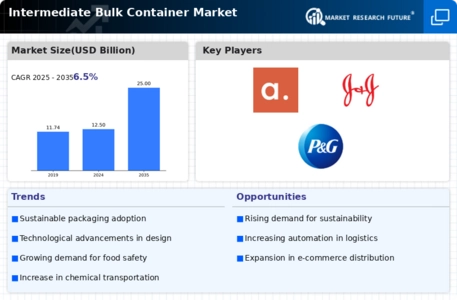
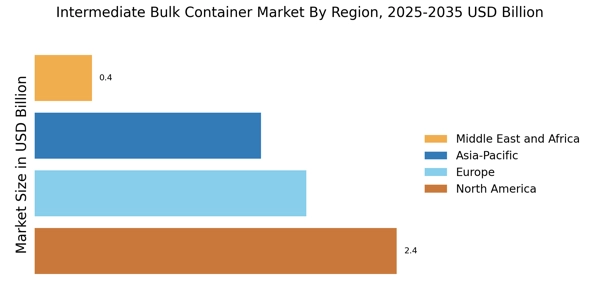

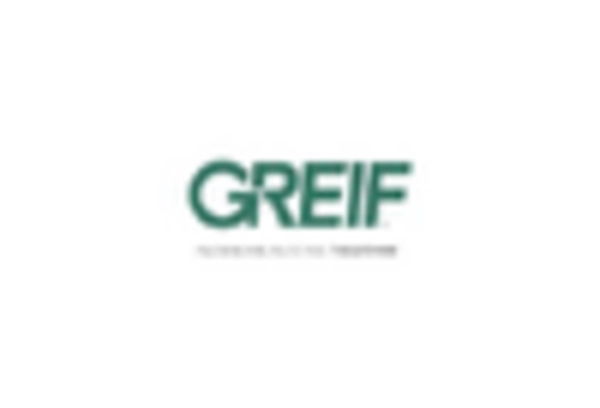
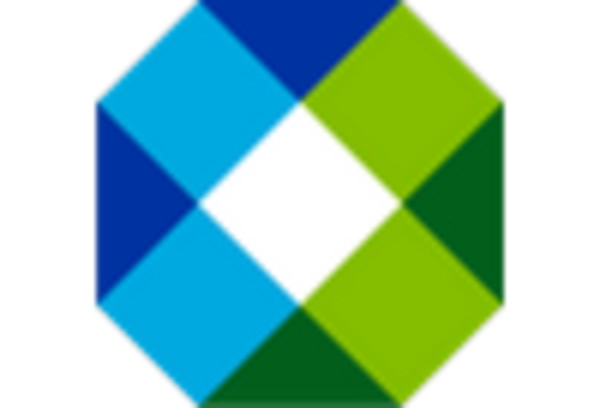
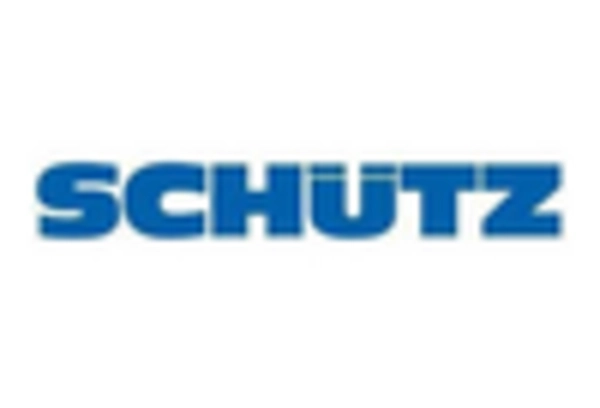

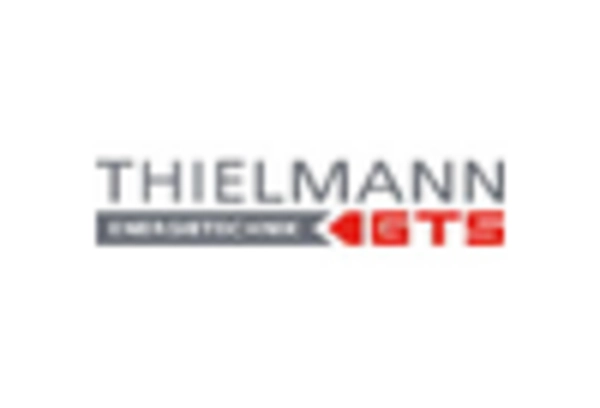








Leave a Comment